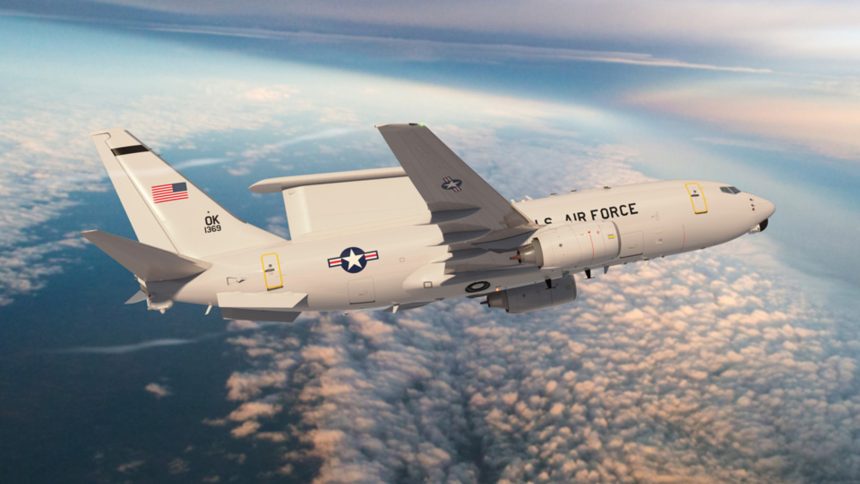Comments made by Secretary of Defense Pete Hegseth during House and Senate Appropriations Committee hearings have cast severe doubts on the future of the U.S. Air Force’s E-7 Wedgetails.
On Jun. 10, 2025, during the House Appropriations Committee hearing, Oklahoma Representative Tom Cole raised concern over the retirement of the E-3 Sentry Airborne Warning and Control System (AWACS) without a replacement coming into service soon enough to pick up the slack. For context, 15 of 31 aircraft have been retired since 2023, with the fleet operating out of Tinker Air Force Base in Oklahoma.
He then asked about the E-7 Wedgetail and the “speed and cost” of its service entry, along with questions on Hegseth’s general views on the platform. The E-7 is already operated by the Australian, South Korean and Turkish air forces, with Representative Cole describing their aircraft as “much superior to what we have.”
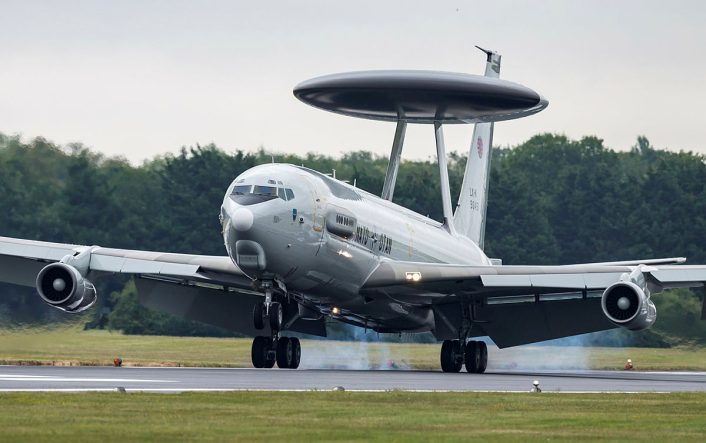
Hegseth’s response to the line of questioning was clear in his general disagreement as to the viability of the E-7 Wedgetail to fulfil the needs of the USAF as he saw them, stating that “President Trump has charged us with making the big, difficult decisions.”
He pointed towards lessons from the Russo-Ukrainian war, likely the shootdown of two A-50 Mainstay by the Ukrainian military, as well as Chinese Anti Access Area Denial (A2AD) systems, with both showing that traditional AWACS platforms operate under high levels of risk in contemporary battlefields.
Recently, Ukraine shot down two russian AWACS-class aircraft, A-50.
It happened for the first time in human history. No other state has ever managed to eliminate this strategic reconnaissance aircraft.
We did it. Twice.#UkraineWIllWin#StandWithUkraine pic.twitter.com/kUG198A6JX
— Embassy of Ukraine to the UK (@UkrEmbLondon) June 24, 2024
“If we have systems and platforms that are ‘not survivable in the modern battlefield’, or they don’t give us an advantage in a future fight, we have to make the tough decisions right now,” Hegseth said. “The E-7 is an example of that.”
He believes that most intelligence surveillance and reconnaissance (ISR) will be space based in the future, hinting at increased funding for Air Moving Target Indicator (AMTI) satellites which appeared in the recent ‘Big Beautiful Bill’ sent to the US Congress. These satellites aim to track aircraft from space, with a constellation in low earth orbit (LEO) offering the theoretical ability to monitor airspace around the globe. However, the number of satellites needed to fulfil this is extremely large with any program dedicated to this type of technology likely to be extremely expensive.
There exists a huge amount of debate between theorists and practitioners owing to the pros and cons of space based versus aircraft based Airborne Early Warning and Control (AEW&C) and there are huge trade offs between the two.
Moreover, Hegseth prefers to invest in existing systems that carry forward the traditional capability of an AWACS alongside “even bigger investment in space based ISR.” This could either represent an E-3 Sentry upgrade package, which is seemingly unlikely given the age of the individual airframes, or more likely the acquisition of the E-2D Hawkeye by the USAF.
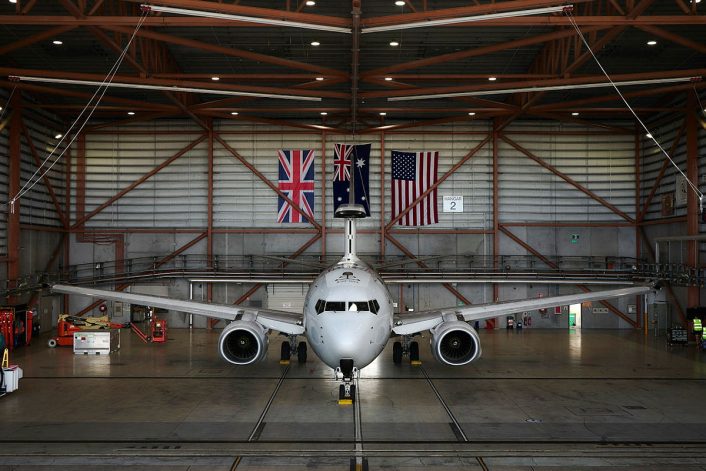
This prompted the response from Representative Cole that “Space is great, [but] it’s unknown, it’s undeveloped and I would just urge you to look at this pretty carefully as you make the decision. We certainly will, as a committee.”
No matter the case, this puts the Wedgetail acquisition in extremely hot water just as two prototype aircraft are currently set to be delivered in 2028 under a $2.56 billion contract with Boeing. Originally, 26 total aircraft were intended to be purchased for the USAF to partially replace the E-3 Sentry, however this now looks to be uncertain.
E-7A gets its wings.
The first @USAirForce E-7A Wedgetail Rapid Prototype was joined with its fuselage and wings. Next up, ➡️ adding vertical fin and horizontal stabilizers. pic.twitter.com/aZEyNmcUQm
— Boeing Defense (@BoeingDefense) April 10, 2025
Senate Hearing Suggests E-2D
A day later, Hegseth, Chairman of the Joint Chiefs of Staff USAF General John Caine, and Special Assistant to the Secretary of Defense Bryn Woollacott MacDonnell testified before the Senate Appropriations Committee.
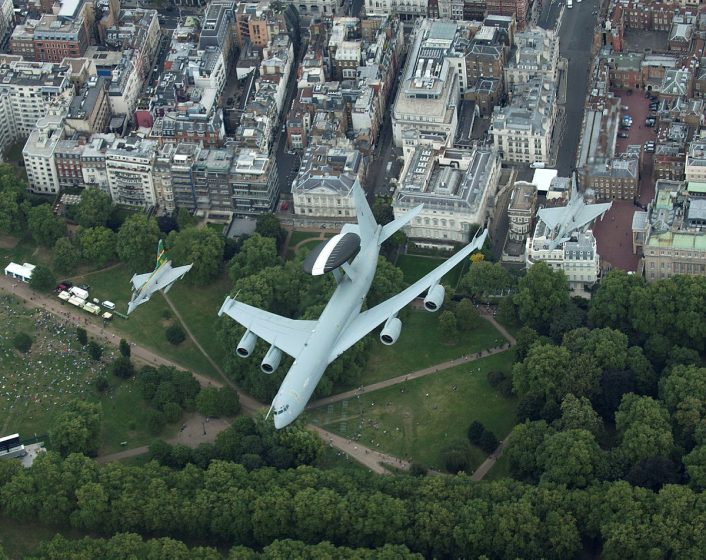
Alaskan senator Lisa Murkowski, at the end of the hearing, asked further questions to Hegseth about the Wedgetail order. In particular, she explained her concerns regarding the E-3 Sentry and the urgent need for a replacement, given the role it plays in warning Alaska about threats from Russia and China who both repeatedly fly aircraft along Alaskan airspace.
Due to the age of the E-3 airframes, the USAF has been “limping along” in the AEW role, with the senator stating that they are “barely operational.” She acknowledged Hegseth’s desire to focus on space based AMTI, but this has prompted concerns over the interim solution and whether E-7 will remain a part of that.
MacDonnell replied that “we do have in the budget $150 million in FY26 [Fiscal Year 2026] for a joint expeditionary E-2D unit with five dedicated E-2Ds, and the budget also funds for additional E-2Ds to fill the near-term gap at $1.4 billion.”

Hegseth then repeated his remarks from the earlier hearing that he “would file this entire discussion under difficult choices that we have to make. But you know, the E-7, in particular, is sort of late, more expensive and ‘gold plated,’ and so filling the gap, and then shifting to space-based ISR [intelligence, surveillance, and reconnaissance] is a portion of how we think we can do it best, considering all the challenges.”
A beautiful shot of KC-46 refueling a E-7A Wedgetail from last week as part of trilateral test flights between the United States, United Kingdom, and Australia.🤘😎 pic.twitter.com/UeXePQJaVU
— Tim Farmer (@timfarmer) April 29, 2025
It appears that Hegseth is pushing for the E-2D Hawkeye to take position as an interim solution to the E-3 once it is retired. Currently operated by the U.S. Navy, the Hawkeye is a smaller platform with a lower speed, lower service ceiling and lower loitering time, all factors extremely important for the AWACS role. Additionally, it carries a smaller crew of three operators compared to the E-7’s maximum of ten, making the Command and Control (C2) job harder for the crew and giving them a far higher workload.
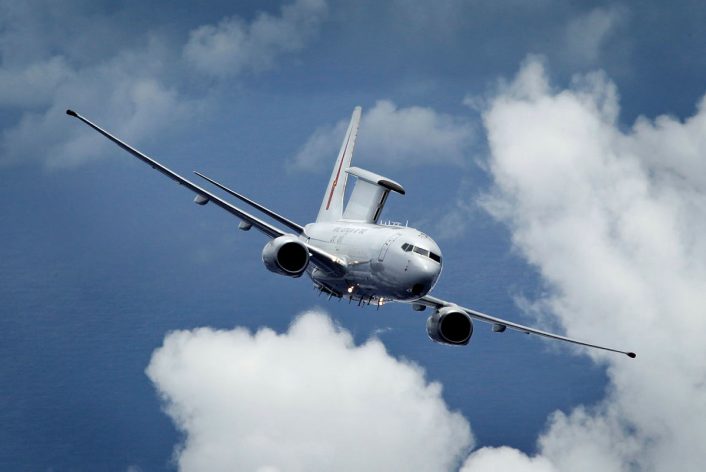
The Hawkeye is designed for carrier operations and it is in this area that it excels, beating out its contemporaries such as the Merlin AH2 Crowsnest, helicopter borne AEW currently used by the Royal Navy in almost every metric. However, its capabilities are far below that of the E-3 Sentry and even further behind the E-7 Wedgetail.
The War Zone does credit the E-2D with some advantages over the larger platform, noting that it is far more suitable for Agile Combat Employment (ACE). This is the ability of an aircraft to disperse from its main base and operate in austere conditions, such as on roads and highways around the country. The smaller size, folding wings, turboprop engines and robust landing gear designed with the hard landings of a carrier in mind, could allow the E-2D to be more survivable on the ground being able to disperse away from their central operating bases.
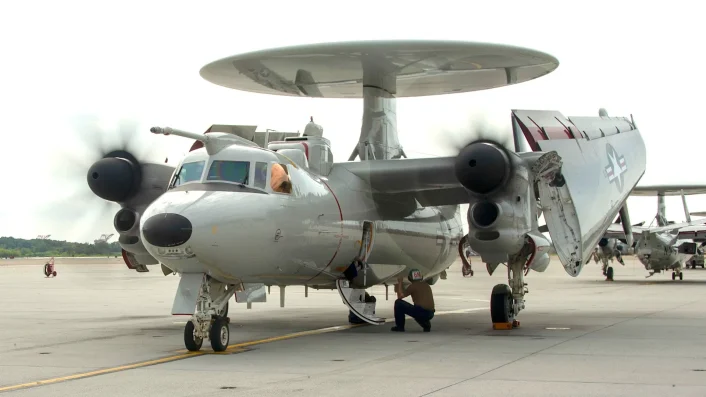
This is especially important given Ukraine’s Operation Spiderweb and the destruction of a large part of Russia’s strategic aviation, including attacks on further A-50 Mainstays. Whilst the examples targeted during the attack appeared to be decommissioned, they do highlight the problem of keeping high value targets out in the open on singular air bases, which is something the E-2D could mitigate.
The E-2D Hawkeye possibly taking the place of the E-7 Wedgetail would be a significant blow to Boeing as it would mean that the largest customer was no longer interested, possibly damaging future sales.
E-7 Wedgetail Current Status
The current status of the E-7A Rapid Prototype (RP) for the USAF was revealed by the U.S. Government Accountability Office (GAO) in a report on the Weapon Systems Annual Assessment which aims to hold defense to account in keeping programs quick and innovative.
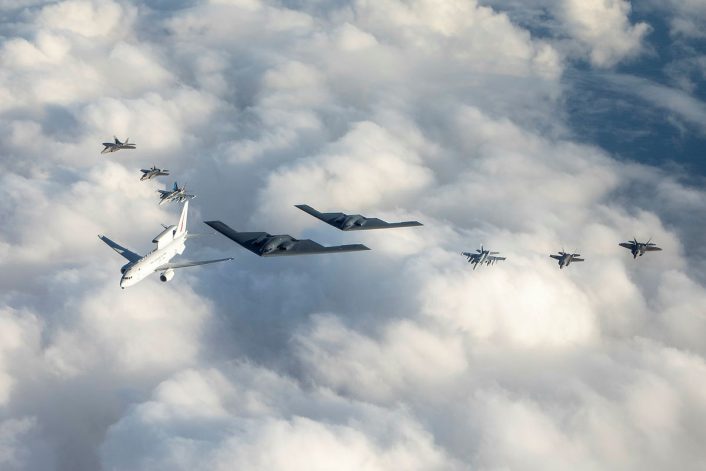
The E-7 may be innovative, but the delivery of the prototypes has slipped with a nine-month delay, meaning that the first flight of the prototype will take place in 2027, thus also delaying initial operational capability (IOC). Costs of the prototypes have also risen by a factor of 33% due to updates to software and the airframe’s on-board subsystems. This is likely what Hegseth was referring to in the Senate hearing and could be part of his impetus for wanting to cancel the E-7 program.
The potential termination of the U.S. programme also carries implications for allied efforts.https://t.co/OUCwOWbMkA
— UK Defence Journal (@UKDefJournal) June 12, 2025
However, whilst the U.S. order appears dubious, the United Kingdom has a set desire to order more E-7 Wedgetails. So far three aircraft have been ordered, alongside two spare radar sets, owing to reductions in the original airframe order. However, thanks to the Strategic Defence Review (SDR) published on June 2, 2025, the UK appears to be wanting more to fulfil all the aims of the RAF in the air defense role.
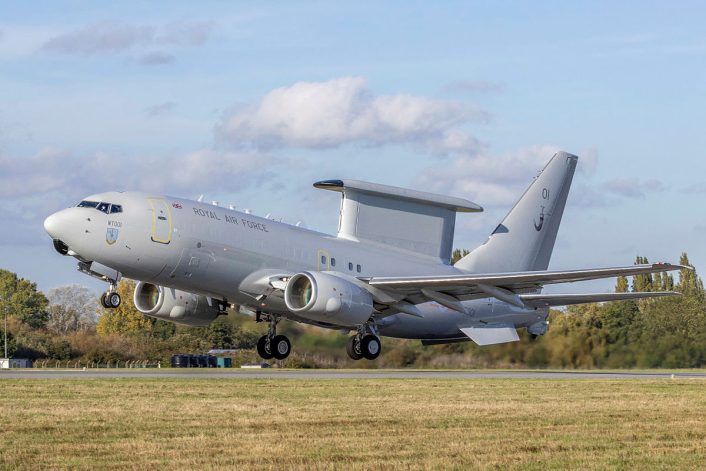
The SDR recommended that “Further E-7 should be procured when funding allows (taking account of infrastructure and operating costs). This may be expedited by a cost-sharing arrangement with NATO Allies.” This recognizes the practical decision that three aircraft are not consistent with a requirement for 24/7 availability for AWACS support. Three aircraft likely see only a single airframe available at any given time, as one would be in deep maintenance and another in light maintenance/working up for action. This offers no redundancy for the RAF and no ability to support multiple actions around the world, which the RAF is constantly undertaking.
Seven E-3D Sentry AEW1 were originally ordered for the RAF, allowing for continuous AWACS coverage for the air defense of the UK itself, whilst also creating the opportunity for deployments further afield without weakening the mainland’s own air defense needs.
Space based ISR could be a solution to this type of issue, however it is so far outside the UK’s spending ability that an increased order of Wedgetail is the only way to ensure the UK’s AEW&C needs are met. Recognizing this desire for more aircraft represents a significant boost to the platform’s longevity in the RAF whilst simultaneously showcasing the differences in strategy between the US and the UK on their AEW&C requirements.

